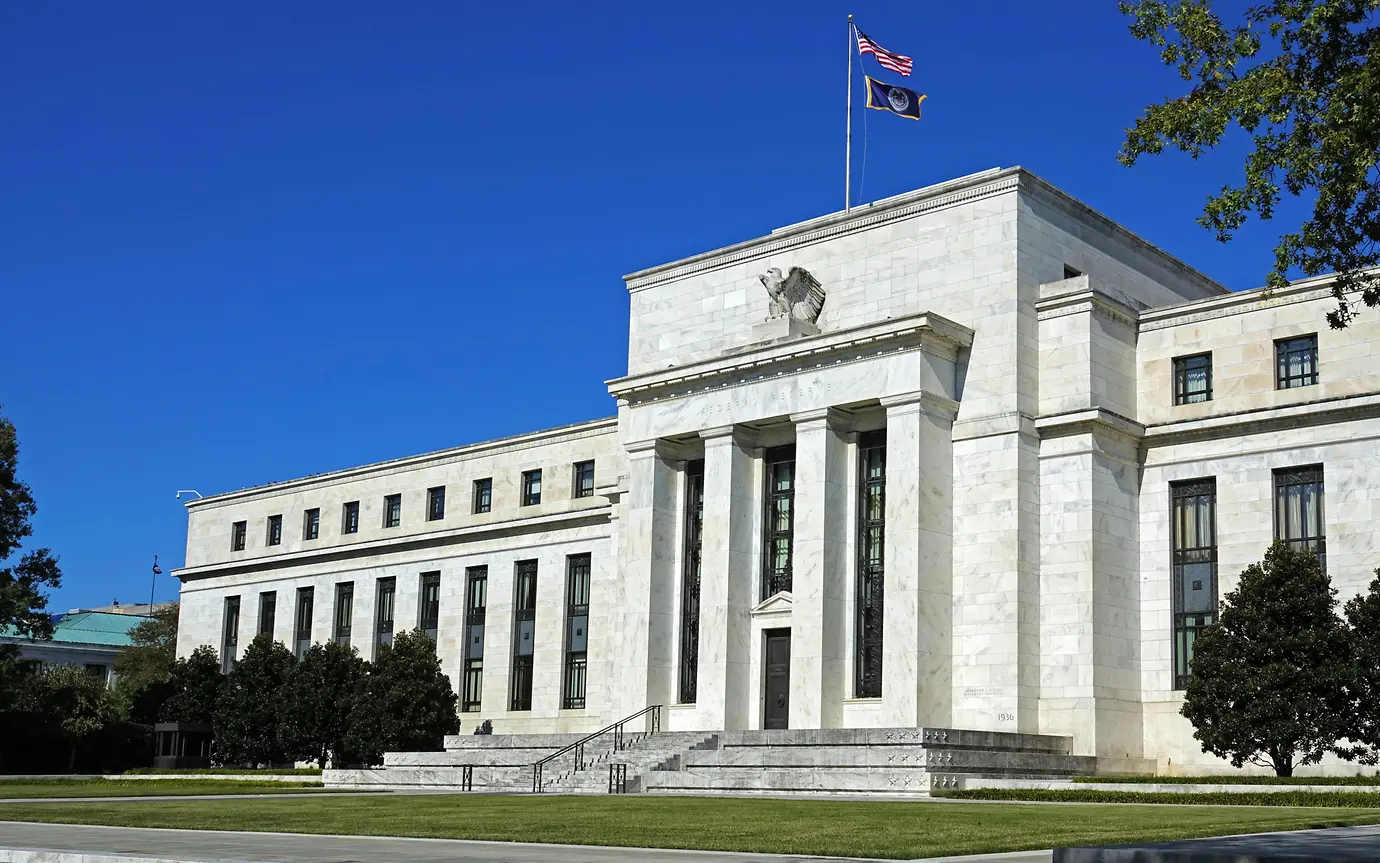In the aftermath of the pandemic, central banks have had a hawk eye on the supply side of the economy. They underestimated the speed at which the supply side would recover in light of strong demand, hence they were caught wrong footed with their “transitory” narrative.

The geopolitical shocks across the globe over the past two years have only served to raise price pressures making the issue more acute. This together with revenge spending in the service sector amidst a tighter labour market, has seen inflation rise materially over the past few years. While some of these pressures have abated, they are taking longer to decline back towards the desired 2% level.
As mandated, central banks responded to increased inflation pressures by embarking on the swiftest hiking cycle in decades. Initially, the largest impact from an interest rate perspective, not price, was on government bonds with shorter maturities. The interest rate volatility in those maturities was significantly higher in the earlier part of the hiking cycle as investors were trying to determine where rates would peak.
Over the past two weeks, we have seen the Federal Reserve (Fed), European Central Bank (ECB) and the Bank of England (BoE) all hit the pause button on their hiking cycle.
For the Fed and the BoE, this represented the second consecutive meeting that they decided to hold rates unchanged. Over the past few months, we heard the Chief Economist of the BoE, Huw Pill, clearly state his preference for the “Table Mountain” approach to rates. This now appears to have been adopted more broadly. This allows the much discussed “long and variable lags” of monetary policy to filter through the economy rather than going for policy overkill and risk a sharper downturn.
In its statement accompanying its decision to hold rates, the Fed called out “financial conditions”. For most of the year, Two-year Treasuries yielded significantly more than the Ten-year counterpart. This so-called yield curve inversion implied that policy rates were very tight and sooner or later the Fed would be forced to cut rates. This was brought into question over the summer months as the US economy appeared to accelerate, confirmed by last week’s GDP data showing that the US grew by 4.9% annualised over the third quarter. Given such a strong pace of growth, it seems like the rate increases are having little effect. Furthermore, the loose fiscal policy stance in the US combined with rising borrowing costs has driven a large budget deficit leading to a large amount of a future Treasury supply. This has pushed longer dated treasury yields sharply higher, causing the yield curve to become more normalised.
As longer dated borrowing costs have now risen considerably, this puts less pressure on central banks to raise rates. They are all still embarking on their quantitative tightening programs which could increase pressure on government bonds at a time when their respective treasury departments seek to finance their deficits. In essence, the changing shape of the yield curve is seen to have done the job of tightening for central banks.
While central banks have pushed rates higher for much of the hiking cycle, it seems like they are concerned about the “pull” effect from increased supply and could see their quantitative tightening program become more impactful. As such, they have become more wary of tightening financial conditions and will proceed carefully (something we noted in previous briefs). Consequently, we have seen limited volatility from shorter maturity bonds and expect them to remain anchored. However, we see opportunities building in long maturity government bonds during sell offs.
This communication is provided for information purposes only. The information presented herein provides a general update on market conditions and is not intended and should not be construed as an offer, invitation, solicitation or recommendation to buy or sell any specific investment or participate in any investment (or other) strategy. The subject of the communication is not a regulated investment. Past performance is not an indication of future performance and the value of investments and the income derived from them may fluctuate and you may not receive back the amount you originally invest. Although this document has been prepared on the basis of information we believe to be reliable, LGT Wealth Management UK LLP gives no representation or warranty in relation to the accuracy or completeness of the information presented herein. The information presented herein does not provide sufficient information on which to make an informed investment decision. No liability is accepted whatsoever by LGT Wealth Management UK LLP, employees and associated companies for any direct or consequential loss arising from this document.
LGT Wealth Management UK LLP is authorised and regulated by the Financial Conduct Authority in the United Kingdom.